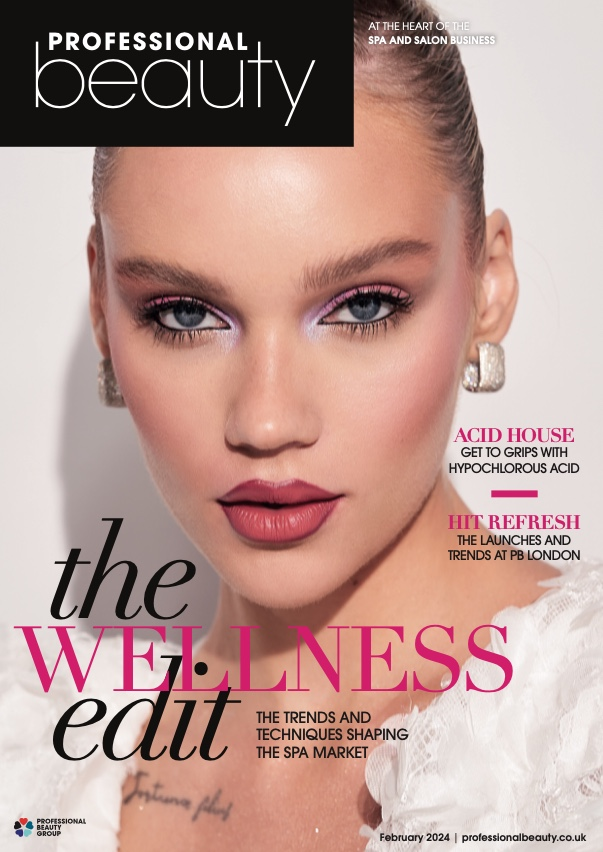RECEPTION THEORY
Reception theory
Task 1:
Preferred Reading: 50 Cent symbolizes strength and success, and Reebok products are associated with these traits.
Negotiated Reading: 50 Cent’s story is inspirational, but the association with Reebok is forced or problematic in some ways.
Oppositional Reading: The ad glamorizes violence and exploits 50 Cent’s past, and its message is harmful.
Advert of my choice:
Preferred reading: Viewers believe the producer's intended message is that Heinz is the best and the most authentic brand of ketchup.
Negotiated Reading: The audience acknowledges Heinz is good but may not be fully convinced that "no one grows ketchup like Heinz"
Oppositional reading: The audience might reject the intended message, seeing it as exaggerated or misleading, and may prefer other brands over Heinz.
TASK 2:
1. A SENDER
Someone has to send the message or ‘originate’ it.
2. A MESSAGE
The content, structure, and codes into which the message is
organised (encoding).
3. A CHANNEL
The medium used to convey the message.
4. A RECEIVER
The person who makes sense of the message and interprets
it (decoding).
Encoding simply means constructing a message using a shared
code and language.
Decoding means someone receives that message and makes sense of it.
Hall criticized the SMCR model for being too simplistic, suggesting that it views communication as a one-way process where a message is simply transmitted from the sender to the receiver.
Hall's Circuit of Communication Model:
Hall introduced the idea that communication is not linear but a circular process involving production, circulation, use (or decoding), and reproduction. In this circuit, meaning can change as the audience decodes the message differently than intended by the producer.
Hall's Reception Theory:
Reception theory suggests that audiences do not passively consume media but actively interpret it based on their cultural background, social experiences, and individual viewpoints. Hall proposed that there are three potential readings of any media text: preferred (dominant), negotiated, and oppositional readings.
Reception theory can be criticized for giving too much credit to the audience's ability to interpret media freely while downplaying the strong influence media has in shaping people's views. Even though individual experiences affect interpretation, the media can still have a powerful impact on how audiences understand messages.

Comments
Post a Comment